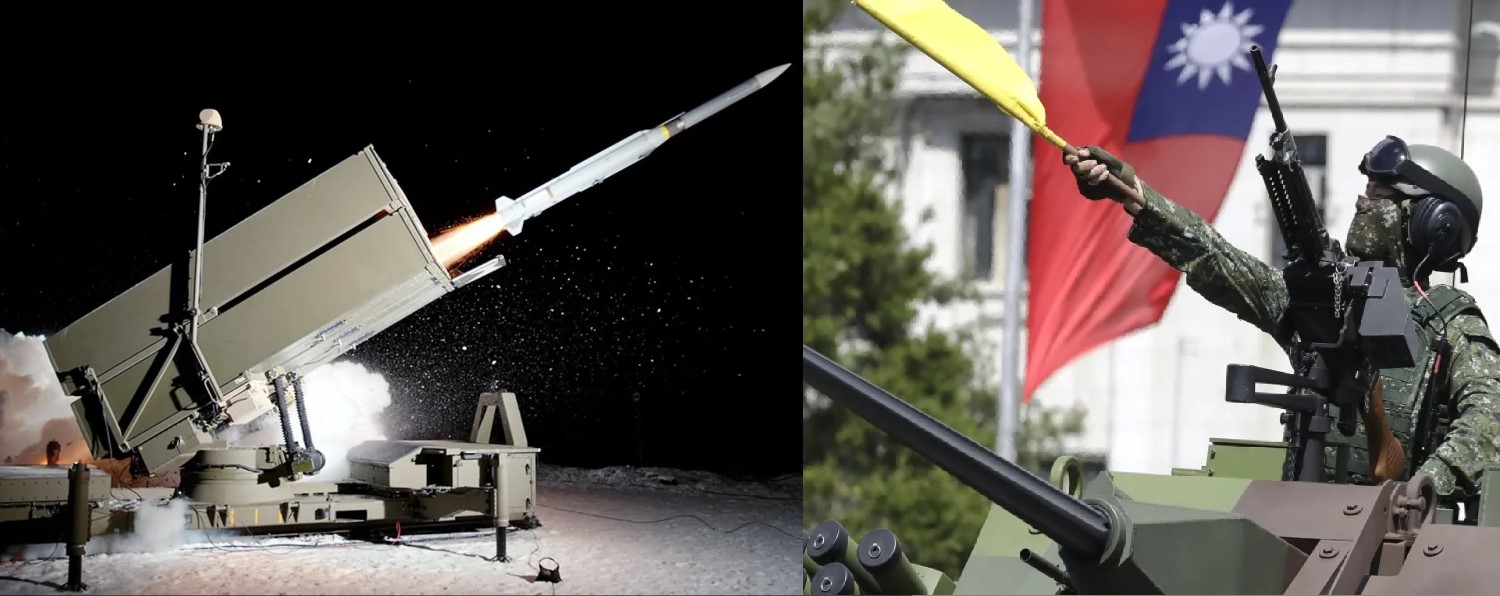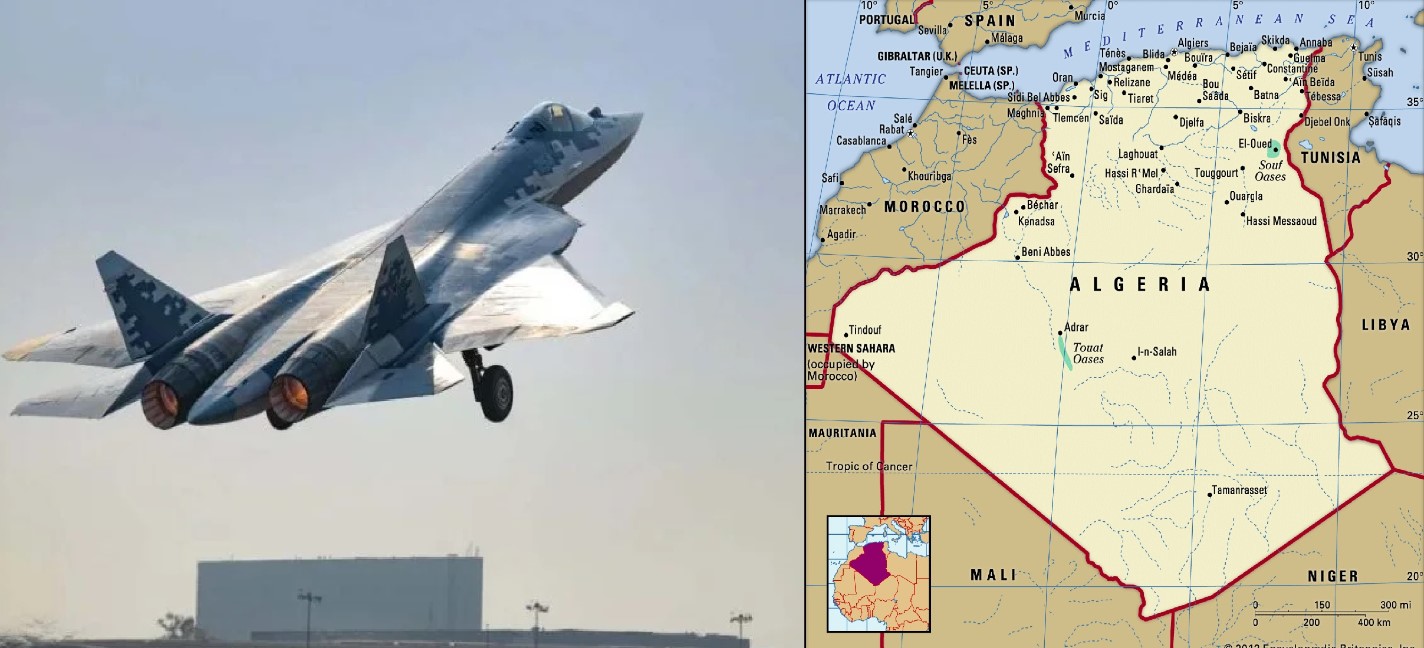U.S Approves $698 Million NASAMS Deal to Boost Taiwan’s Air Defense

In a move underscoring Washington’s accelerating efforts to harden Taiwan’s air-defense shield, the U.S. Department of Defense has awarded Raytheon a firm-fixed-price contract valued at $698,948,760 for the production of NASAMS (National Advanced Surface-to-Air Missile System) fire units destined for the island. The award, issued on 17 November 2025 through the U.S. Army Contracting Command at Redstone Arsenal, forms a central pillar of a broad Foreign Military Sales (FMS) package aimed at bolstering Taipei’s layered air-defense network.
The contract, scheduled for completion by 28 February 2031, will see all work conducted at Raytheon’s facilities in Tewksbury, Massachusetts, reflecting a long-term industrial commitment aligned with the United States’ evolving Indo-Pacific security strategy. For Taiwan, the delivery timeline highlights not an emergency purchase, but a multi-year strategic build-out of air-defense forces designed to withstand the early phases of a high-intensity conflict.
A Contract with Strategic Weight
The Pentagon’s announcement comes against the backdrop of increasing Chinese military pressure around Taiwan, including record numbers of PLA aircraft breaching the island’s air-defense identification zone and expanding use of drones, cruise missiles, and long-range precision fires in regional exercises.
Washington’s decision signals a clear message: Taiwan’s ability to defend its critical infrastructure — especially airports, command nodes, fuel depots, radar stations, and military bases — remains a U.S. strategic priority despite diplomatic backlash from Beijing.
The $698.9 million contract forms a major component of a previously approved $1.16 billion FMS package cleared in October 2024, which covers three NASAMS systems, associated AMRAAM-ER missiles, training, logistics, and integration support. The newly awarded portion focuses specifically on NASAMS fire units, radars, command-and-control nodes, and support equipment, while the missile procurement will be executed under separate contracts.
NASAMS: A Proven, Evolving Air Defense System
Developed jointly by Kongsberg Defence & Aerospace of Norway and Raytheon, NASAMS has grown into one of the world’s most widely adopted medium-range air-defense systems. Originally fielded by Norway in the 1990s, NASAMS has since been integrated into the air-defense architecture of more than a dozen nations — including the United States, where it protects the airspace over Washington, D.C.
At its core, the system uses the AIM-120 AMRAAM, a radar-guided missile employed by numerous Western fighter jets. This commonality simplifies logistics, allows shared stockpiles, and ensures rapid replenishment in wartime. NASAMS configurations typically include:
-
AN/MPQ-64 Sentinel 3D radar
-
Networked Fire Distribution Center (FDC)
-
Electro-optical and infrared sensors
-
Multiple canister launchers, dispersed for survivability
Successive upgrades — NASAMS 2 and NASAMS 3 — introduced Link 16 tactical data link, integration of AIM-9X and AMRAAM-ER, and improved sensor fusion. AMRAAM-ER, in particular, extends engagement ranges beyond 50 km, enhancing defense against cruise missiles, drones, and aircraft.
The system’s performance in Ukraine has significantly boosted its global reputation. According to NATO and Ukrainian officials, NASAMS has achieved high interception rates against Russian Kh-101, Kalibr, and other cruise missile threats, demonstrating reliability under real wartime conditions.
Why NASAMS Matters for Taiwan
Taiwan’s air-defense ecosystem is already dense, anchored by the Patriot PAC-3, indigenous Sky Bow II/III, mobile Avenger/Stinger, and a growing fleet of anti-drone systems. But each asset plays a specific role — and NASAMS fills a crucial gap.
1. The Medium-Range Layer Taiwan Needed
Patriot excels at high-altitude and ballistic missile interception. NASAMS, by contrast, is optimized for medium-range engagements, countering:
-
cruise missiles flying low to evade radar,
-
swarm drone attacks,
-
stand-off munitions,
-
and conventional aircraft conducting saturation strikes.
Its distributed launcher architecture, which can be spread over 20+ kilometers, increases survivability against PLA pre-emptive missile barrages.
2. Unmatched Interoperability
Because Taiwan’s fighter jets already use AMRAAM, the island gains immediate logistical efficiency:
-
shared missile stockpiles across air and ground forces,
-
simplified maintenance chains,
-
faster rearmament during high-intensity conflict.
This interoperability also allows Taiwan to integrate with U.S. and NATO networked systems, ensuring smoother cooperation in crisis scenarios.
3. A Complication for PLA War Planning
With NASAMS joining Taiwan’s defensive grid, China’s People’s Liberation Army must account for:
-
more dispersed targets,
-
more layers of interception,
-
more survivable radar nodes,
-
and more hardened C2 networks.
This increases the number of critical points China must suppress or destroy in the opening minutes of a conflict — raising the operational cost and uncertainty for Beijing.
A Long-Term U.S.–Taiwan Security Partnership
The NASAMS deal offers more than firepower; it reflects a deepening long-term defense partnership between Washington and Taipei.
The six-year production and integration timeline signals that U.S. support is not episodic but structural, tied into defense-industrial planning that will stretch into the next decade. It strengthens Raytheon’s U.S. manufacturing base, ensures continuity of skilled labor, and integrates Taiwan into a growing global NASAMS community, including Finland, Spain, Lithuania, Australia, Qatar, Hungary, and Ukraine.
This shared network will allow Taiwan to participate in future cooperative upgrades, data-exchange frameworks, training programs, and joint threat assessments.
A Clear Signal Amid Rising Geopolitical Tensions
For potential adversaries, the message is unambiguous:
Taiwan’s airspace is becoming more layered, more redundant, and significantly harder to penetrate.
The NASAMS acquisition strengthens the island’s defenses not just technically, but symbolically. It underscores the United States’ commitment to supporting Taiwan’s resilience while reinforcing a global coalition of nations adopting the same proven system.
As China accelerates military pressure, cyber operations, and airspace incursions, the new NASAMS contract stands as a strategic reminder that Taiwan’s defenses — and Washington’s resolve — are only becoming stronger.
✍️ This article is written by the team of The Defense News.





